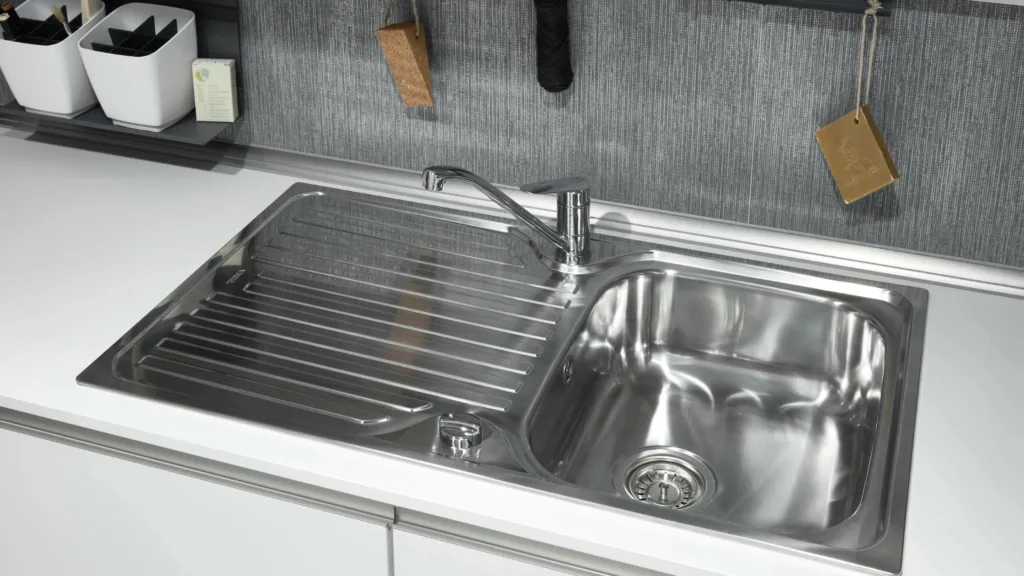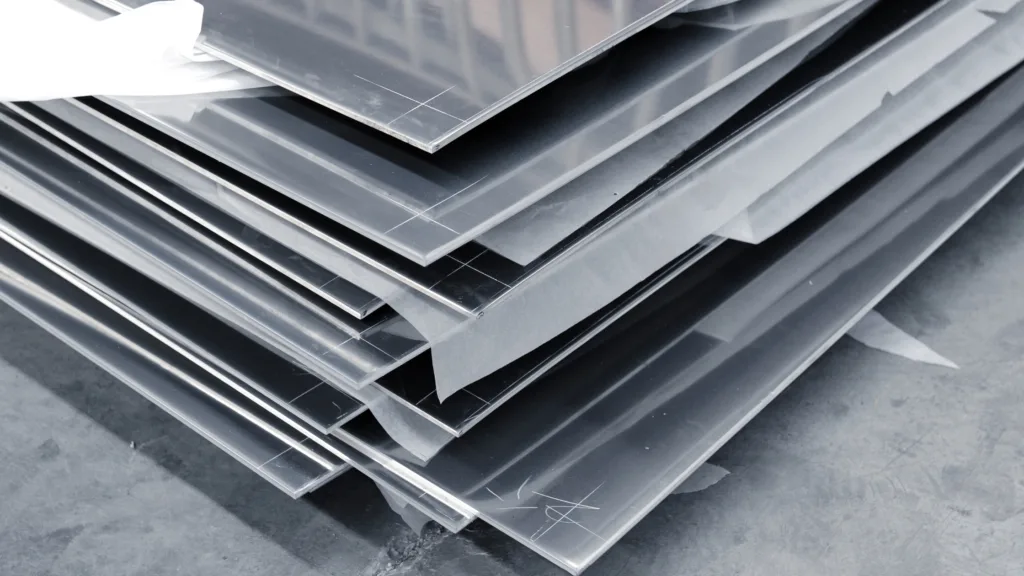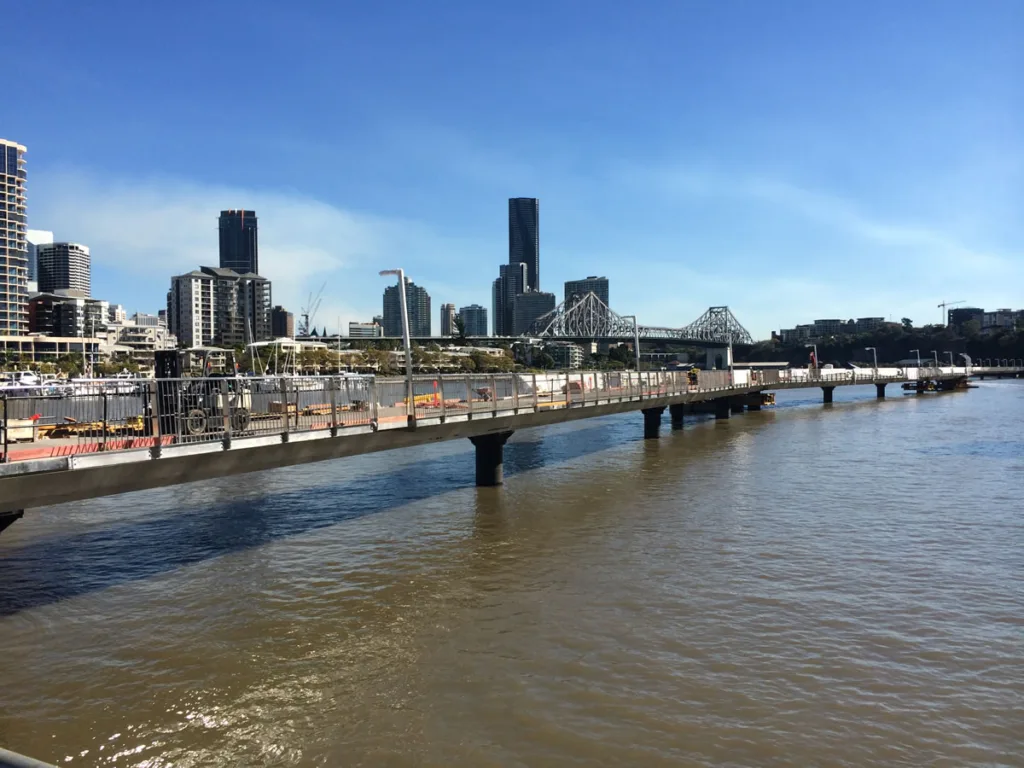At a Glance
The right stainless steel grade depends on where and how it will be used. 304 is the most economical option for general and indoor applications, 316 delivers superior corrosion resistance in marine and chemical environments, and duplex stainless steels combine high strength with excellent resistance to stress corrosion cracking, making them ideal for demanding industrial projects.
As Australia’s largest independent stainless steel supplier, Midway Metals has supported industries from construction and food processing to marine and energy. Drawing on decades of experience, this guide compares 304, 316, and duplex stainless steel grades, helping you choose the material that offers the best balance of durability, compliance, and long-term value for your project.
Why Stainless Steel Grade Selection Impacts Performance and Cost
At Midway Metals, we see how stainless steel selection directly affects the success of projects across construction, mining, food processing, marine, and energy industries. Choosing the wrong grade can have significant consequences, such as:
- Structural failure risks: Pitting corrosion in coastal projects can reduce the integrity of welds and fasteners.
- Maintenance and downtime costs: Equipment in food or chemical plants often fail prematurely if the wrong grade is used, leading to expensive repairs and unplanned shutdowns.
- Compliance issues: Certain industries, such as pharmaceuticals or tank manufacturing, must meet AS/NZS stainless steel standards. Using the wrong material can lead to regulatory non-compliance and project delays.
By understanding the comparative strengths and limitations of 304, 316, and duplex stainless steels, procurement managers and engineers can make informed decisions that balance cost considerations, performance, and lifecycle value.
For background, see our resource on stainless steel grades.
304 Stainless Steel – Everyday Applications & Limitations
304 stainless steel is the most widely used grade thanks to its affordability, ease of fabrication, and balanced corrosion resistance.
Where 304 Performs Best
- Food and beverage industry: storage tanks, sinks, benches, and processing equipment.
- Architecture and design: decorative trims, handrails, and interior cladding.
- General manufacturing: sheet metal products, fasteners, and tubing for non-corrosive environments.
Mechanical and Fabrication Properties
- Tensile strength: around 515 MPa.
- Operating temperature: effective up to 870°C in intermittent service.
- Fabrication: highly formable and weldable, making it easy for fabricators to cut, bend, and join.
Limitations
304 is not recommended for:
- Coastal or marine environments, where chloride exposure causes tea staining and possible corrosion.
- Chemical plants, where aggressive acids and chlorides reduce service life.
For example, in some coastal projects, contractors have initially specified 304 for decorative or non-structural elements to reduce upfront costs. However, repeated exposure to salty air often leads to early staining appearance and corrosion, requiring replacement with 316 to ensure long-term durability
Explore our stainless steel products for supply options.

316 Stainless Steel – The Marine & Chemical Industry Standard
When performance in harsh environments is required, 316 stainless steel is the logical choice. It contains 2–3% molybdenum, which drastically improves resistance to chloride attack and chemical corrosion.
The Best Uses for 316
- Marine applications: wharves, boat fittings, coastal façades, desalination infrastructure.
- Pharmaceutical and healthcare: surgical instruments, sterilisation equipment, clean-room fittings.
- Chemical industry: processing tanks, piping, and components exposed to chlorinated solvents and industrial acids.
Technical Advantages
- Tensile strength: around 515 MPa (similar to 304).
- Enhanced corrosion resistance: less susceptible to surface staining, pitting, crevice corrosion, and scaling at high temperatures.
- Longevity: lower maintenance requirements in aggressive, corrosive environments. Improved if the material has a high polished finish.
Project Spotlight: Brisbane Riverwalk
Midway Metals supplied over 275 tonnes of grade 316 stainless steel for the redevelopment of the Brisbane Riverwalk. Exposed to constant moisture, foot traffic and a harsh riverside environment, the project demanded materials capable of delivering a 100-year design life. Grade 316 was chosen for its superior durability, resistance to corrosion, and its ability to deliver both structural integrity and architectural appeal. Learn more about this project.
Duplex Stainless Steel – Strength & Resistance for Heavy Industry
Duplex stainless steels are designed for the most demanding industrial environments, combining the best characteristics of austenitic and ferritic grades. Their dual-phase microstructure provides:
- Strength: almost double that of 304/316, reducing required material thickness in some designs.
- Corrosion resistance: excellent protection against stress corrosion cracking, pitting, and crevice corrosion.
- Cost efficiency: often lower nickel content than 316, with better performance in aggressive environments.
Industrial Advantage of Duplex
- Oil & Gas: subsea pipelines, risers, and offshore platforms.
- Desalination: evaporators, brine circulation, and seawater intake systems.
- Pulp & Paper: digesters, bleaching equipment, and chemical tanks.
- Chemical processing: pressure vessels and heat exchangers.
Types of Duplex Steels
- Lean duplex – affordable for structural projects.
- Standard duplex – versatile, widely used in water and energy.
- Super duplex – excellent resistance, specified in offshore oil rigs and refineries.
Limitations
- Fabrication: requires skilled welding techniques to prevent embrittlement.
- Temperature: not recommended above 300°C due to risk of sigma phase formation, which reduces toughness.
By reducing material thickness requirements while maintaining strength, duplex often delivers the lowest lifetime cost in large-scale infrastructure projects.
Stainless Steel Grade Comparison
| Property | 304 | 316 | Duplex |
|---|---|---|---|
| Corrosion Resistance | Good, general use | Excellent, marine & chemical | Excellent, incl. stress & cracking resistance |
| Strength | Moderate | Moderate | High (double 304/316) |
| Cost | Lowest | Higher (nickel & molybdenum) | Variable; between 316 & super austenitic |
| Fabrication | Very easy | Good, slightly harder | Skilled welding required |
| Best Use | Food, decorative, indoor | Marine, chemical | Offshore, desalination, heavy industry |
| Limitations | Chloride pitting | Higher cost | Embrittlement at high temps |
Cost & Lifetime Value Considerations
The real comparison is not just upfront cost, but lifecycle value:
- 304 stainless steel – lowest cost option; ideal when chloride exposure is minimal.
- 316 stainless steel – higher upfront price, but superior for marine and chemical environments, reducing long-term repair and replacement costs.
- Duplex stainless steel – optimises lifetime value by combining strength and corrosion resistance, often reducing downtime and material use in industrial projects.
For procurement managers, working with a trusted supplier like Midway Metals helps balance cost efficiency with compliance and performance.
Checklist: Matching Stainless Steel Products to Environment
- Food-grade, indoor, or decorative applications → Choose 304 stainless steel
- Marine, pharmaceutical, or chemical exposure → Choose 316 stainless steel
- Offshore, oil & gas, desalination, or industrial plants → Choose Duplex stainless steel
More charts and decision tools can be found in our knowledge base.

Decision-Making Framework: How Projects Arrive at the Right Grade
The choice between 304, 316, and duplex stainless steels rarely comes down to a simple checklist. In practice, it’s a balance of environment, cost pressures, and long-term performance requirements. Here’s how different industries have approached the decision:
Food processing (304)
A Queensland food manufacturer needed new storage tanks. Their cleaning regime used only mild detergents, so 304 provided the required hygiene at the lowest cost. Years later, the equipment still performs reliably, proof that selecting the right grade for the environment avoids unnecessary overspending.
Coastal construction (316)
For the Brisbane Riverwalk redevelopment, Midway Metals supplied more than 275 tonnes of grade 316 stainless steel for balustrades and structural components. Exposed to a harsh riverside environment and designed for a 100-year lifespan, 316 was selected to ensure long-term durability, safety compliance, and reduced maintenance.
Desalination plant (duplex)
A large-scale desalination facility required duplex piping and evaporator units from the outset. Although the initial purchase price was higher than the cost of 316 steel, the reduced material thickness (thanks to duplex’s strength) and longer service intervals lowered lifetime costs by more than 30% compared with traditional austenitic steels.
What These Examples Show
- 304 works best when conditions are controlled and non-corrosive.
- 316 pays off in environments with consistent marine or chloride exposure.
- Duplex is an investment-grade choice for industries where strength and uptime are non-negotiable.
Partner with Australia’s Stainless Steel Experts
At Midway Metals, we’ve seen that projects succeed when stainless steel is chosen not just for its technical properties, but for how those properties translate into long-term safety, compliance, and cost savings. By partnering with us, you not only gain access to Australia’s largest independent stainless steel supplier but also technical expertise to ensure compliance, performance, and value over the full service life of your project.
Explore our full range of stainless steel products or contact our team for tailored advice today.

